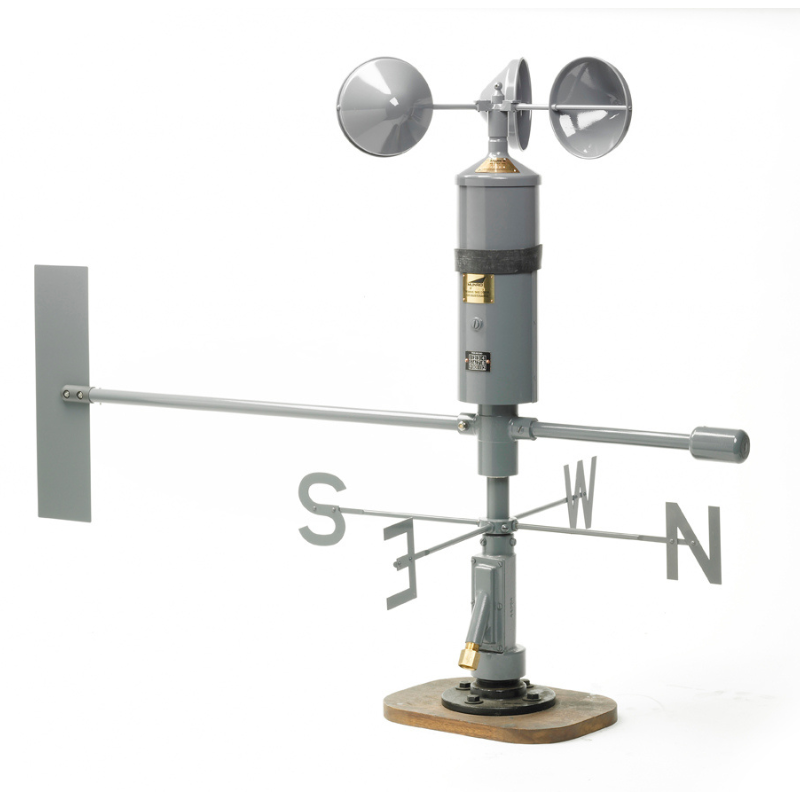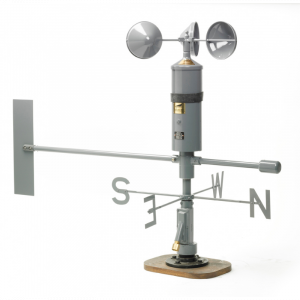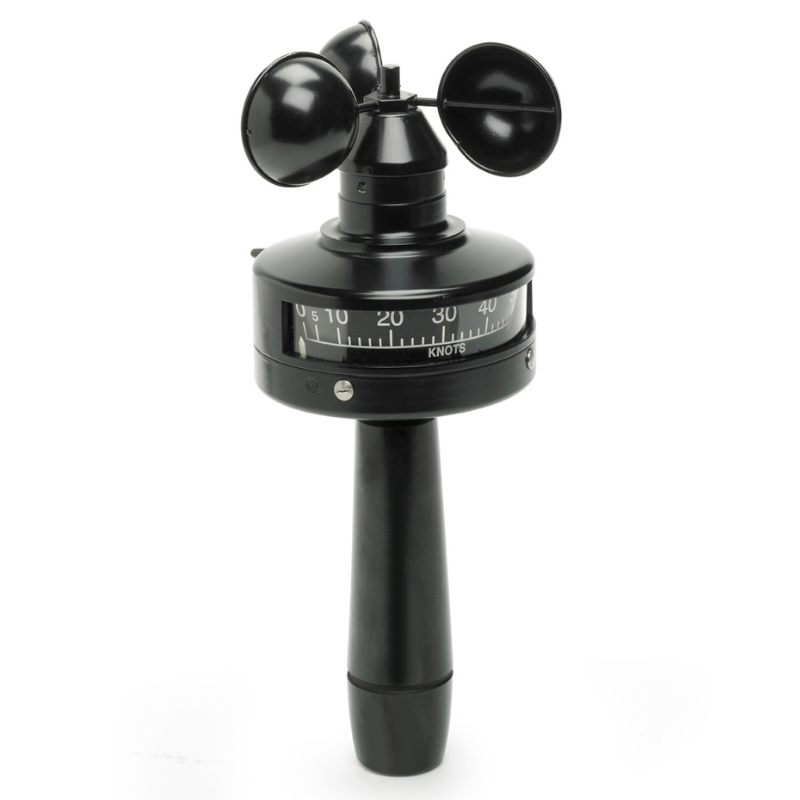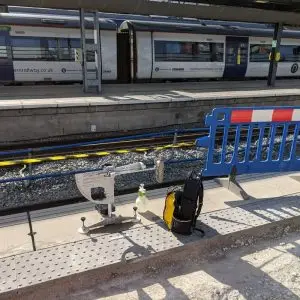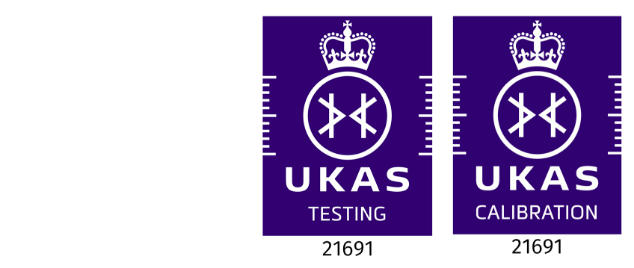Weather Stations for Construction Branch: Have you ever thought about how the weather impacts construction projects? From delays to safety risks, unpredictable weather can turn the smoothest operations into a logistical nightmare
What Are Weather Stations?
A weather station is a device or a set of devices that measure and record various atmospheric conditions. Think of it as a meteorologist on-site, providing real-time updates about the weather.
Weather stations use sensors to capture data like temperature, humidity, wind speed, and more. This information is then transmitted to a display or a connected system for analysis.
Why is Construction Branch used in weather stations?
Safety Considerations
Strong winds or extreme heat can put workers’ lives at risk. They help monitor these conditions to ensure safety protocols are followed.
Impact on Construction Schedules
Rain, frost, or high winds can halt progress. Real-time data from weather stations enables better planning to minimize delays.
Quality Assurance in Construction Materials
Certain materials like concrete need specific weather conditions to set properly. They help maintain the required standards.
Key Features of Weather Stations for Construction Sites
- Durability and Weather Resistance: Built to withstand harsh conditions.
- Real-Time Data Monitoring: Provides instant updates.
- Multiple Sensor Integration: Measures various parameters simultaneously.
Parameters Measured by Construction Weather Stations
- Temperature and Humidity: Impacts material handling and worker comfort.
- Wind Speed and Direction: Crucial for crane operations and scaffolding stability.
- Precipitation Levels: Helps assess site drainage needs.
- Barometric Pressure: Can indicate impending weather changes.
Uses of Weather Stations for Construction Branch
Monitoring Weather Conditions in Real-Time
- Wind Monitoring: Alerts about strong winds that may affect crane operations, scaffold stability, or material handling.
- Rain Detection: Helps assess site conditions, especially for earthworks or concrete pouring, as rain can affect soil stability and curing processes.
- Temperature Tracking: Critical for curing concrete, asphalt paving, and managing equipment operations in extreme heat or cold.
- Humidity Levels: Influences painting, coating, and material application.
- Enhancing Worker Safety
- Heat Stress Prevention: Identifies high temperatures and humidity levels that may pose health risks like heatstroke.
- Cold Weather Safety: Tracks frostbite risks or icy conditions that may make work hazardous.
- Storm Alerts: Warns workers about approaching severe weather, ensuring timely evacuation.
- Optimizing Construction Activities
- Concrete Curing: Ensures ideal conditions for curing, preventing cracks or improper setting.
- Scheduling Tasks: Aligns tasks such as roofing or exterior painting with favorable weather to avoid damage or delays.
- Material Protection: Offers insights for covering or storing materials to prevent weather-induced degradation.
- Reducing Costs
- Minimizing Downtime: Allows rescheduling of tasks when adverse weather is predicted, reducing wasted labor costs.
- Preventing Rework: Avoids damage to ongoing work due to unmonitored weather changes.
- Equipment Maintenance: Alerts when extreme weather might affect machinery, preventing breakdowns.
- Regulatory Compliance
- Meets safety regulations by ensuring weather conditions are within allowable limits for certain construction tasks, particularly crane operations or demolition.
- Long-Term Project Management
- Environmental Monitoring: Ensures compliance with environmental standards, especially in ecologically sensitive areas.
- Data Archiving: Provides historical weather data for future projects, aiding in planning and risk assessment.
- Supporting Innovation
- IoT Integration: Connects weather stations with project management tools to automate adjustments in construction schedules or safety protocols.
- Drone Operations: Ensures safe weather conditions for aerial inspections or material delivery.
How to use
- Choose the Right Weather Station
Identify the specific weather parameters needed for your construction project:
- Wind Speed and Direction: Essential for crane and scaffold operations.
- Temperature and Humidity: Critical for concrete curing, painting, and worker safety.
- Rainfall Measurement: For drainage, earthworks, and site safety.
- Barometric Pressure: For predicting stormy or extreme weather conditions.
- Soil Moisture (Optional): Useful for foundations or landscaping.
- Install the Weather Station
- Site Selection:
- Install the weather station in an open area, free from obstructions like buildings or trees, to ensure accurate readings.
- Mount wind sensors at a height of 10 meters above the ground or as specified for your application.
- Power Source:
- Use solar-powered stations for remote sites.
- Ensure a reliable backup power source in case of outages.
- Connectivity:
- Choose stations with wireless or IoT connectivity for easy data access via mobile apps or web dashboards.
- Set Up and Calibrate Sensors
- Calibrate all sensors before use to ensure accuracy.
- Follow the manufacturer’s guidelines for sensor maintenance and periodic recalibration.
- Monitor Weather Data
- Access real-time data through:
- Mobile Apps: Many of them come with dedicated apps for instant updates.
- Online Dashboards: Cloud platforms allow you to analyze trends and download historical data.
- Construction Site Displays: Set up digital displays for workers to view weather conditions easily.
- Integrate Data into Construction Operations
- Safety Protocols:
- Set thresholds for wind speeds, heat stress, or rainfall that trigger alerts to pause certain activities.
- Project Management:
- Use weather forecasts to adjust schedules, especially for temperature-sensitive or outdoor tasks.
- Equipment Management:
- Protect machinery during extreme weather conditions using predictive alerts.
- Automate Alerts
- Configure automatic alerts for extreme conditions like:
- High wind speeds for crane operators.
- Heavy rainfall that could flood excavation areas.
- High temperatures, prompting hydration breaks for workers.
- Analyze and Use Historical Data
- Review recorded data for:
- Improving planning and scheduling for future projects.
- Understanding site-specific weather trends.
- Ensuring compliance with construction regulations.
- Train Staff
- Educate workers and site managers on:
- Reading and interpreting weather data.
- Responding to weather-related alerts.
- Maintaining weather station equipment.
- Maintain the Weather Station
- Regularly clean sensors and check for physical damage.
- Replace batteries or update firmware to maintain optimal performance.

